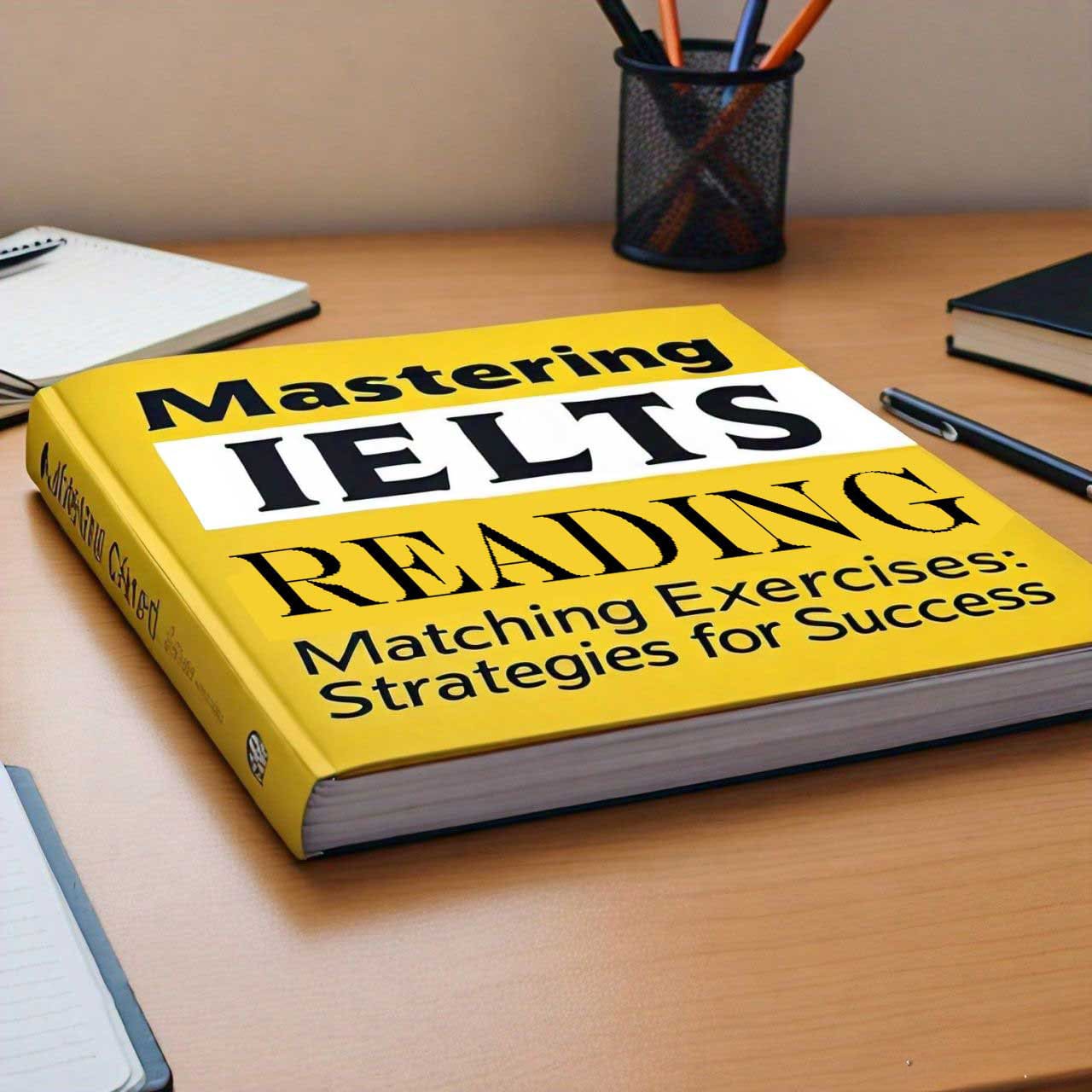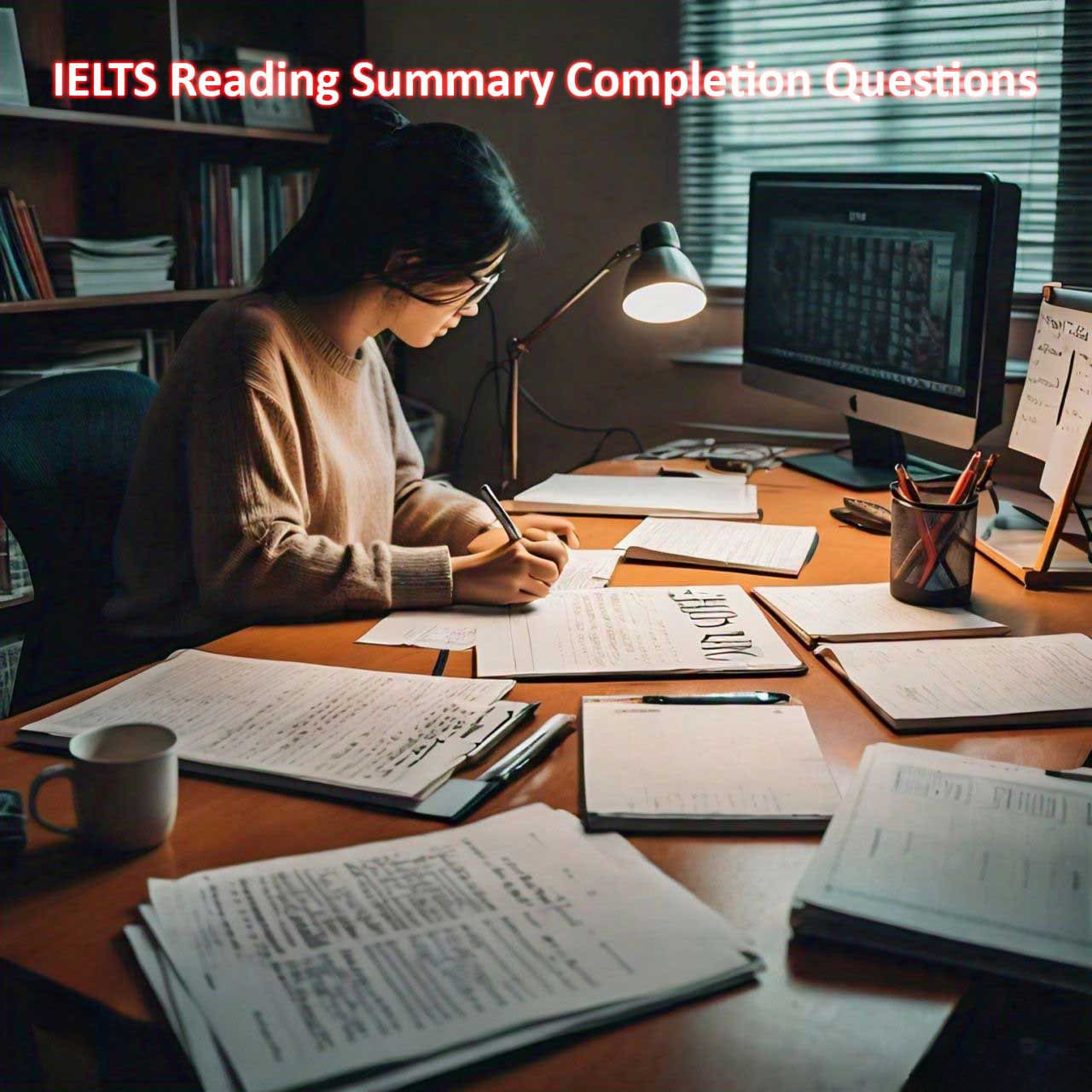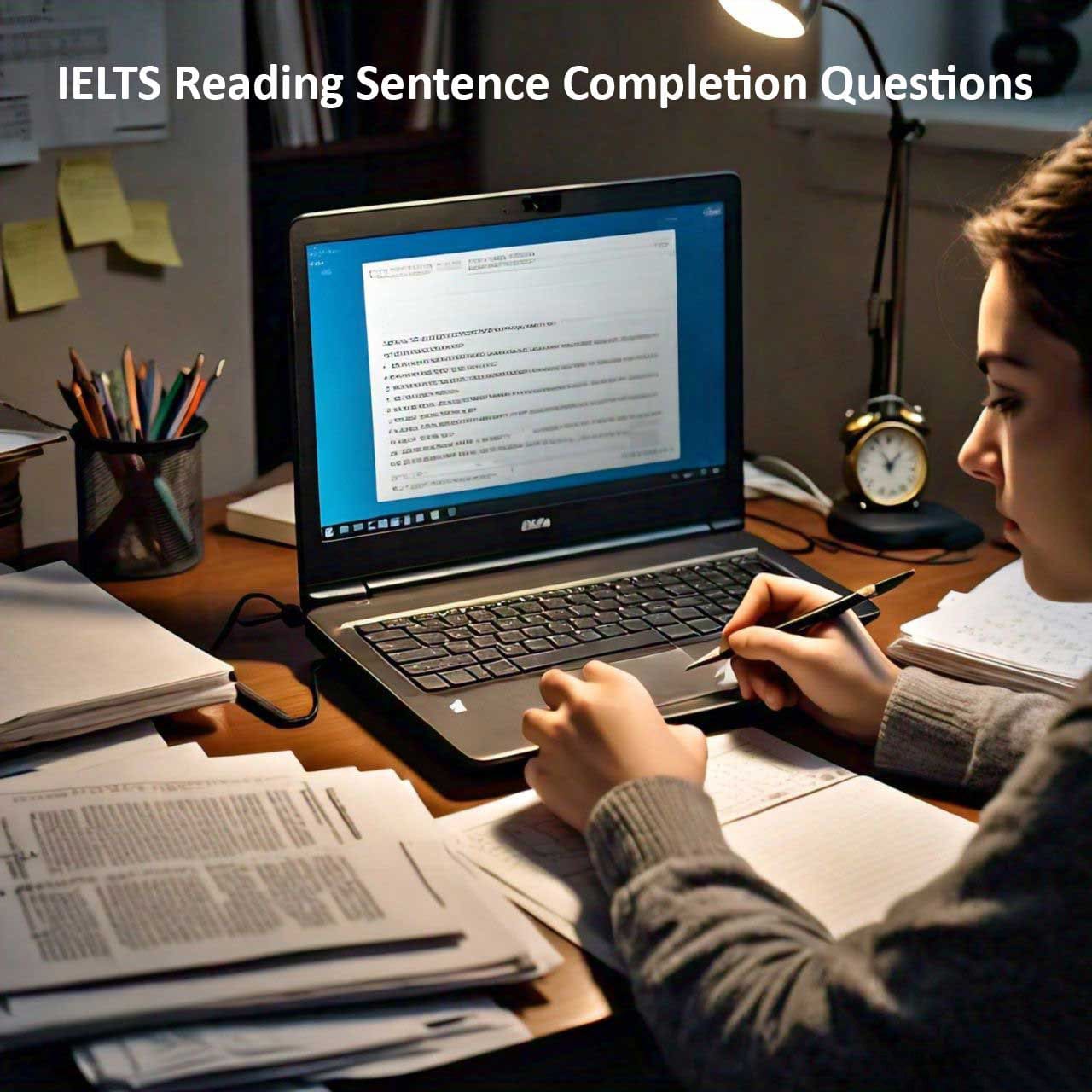The reading section of the International English Language Testing System (IELTS) exam presents a unique set of challenges, with matching exercises being one of the most demanding tasks for many test-takers. Whether you’re aiming to study abroad, pursue professional opportunities, or immigrate to an English-speaking country, conquering IELTS reading matching exercises is essential for achieving your desired score. In this blog post, we’ll explore effective strategies and techniques to help you tackle these exercises with confidence and precision.
Understanding IELTS Reading Matching Exercises:
Matching exercises in the IELTS reading section typically involve matching a list of items (such as statements, descriptions, or categories) with corresponding information presented in the text. This information may be spread across multiple paragraphs or sections, requiring you to carefully analyze the passage to identify the correct matches. Common types of matching exercises include matching headings to paragraphs, matching features to options, and matching statements to speakers in a dialogue.
Effective Strategies for Success:
1. Read the Instructions Carefully: Before diving into the passage, take a moment to read the instructions for the matching exercise thoroughly. Understand the task requirements, including the number of items to match and any specific guidelines provided by the examiner.
2. Skim the Passage: Begin by skimming through the passage to get a general sense of the topic, main ideas, and structure. Pay attention to headings, subheadings, and any formatting cues that may indicate the organization of information.
3. Identify Keywords: Scan the list of items you need to match and identify keywords or key phrases that are likely to appear in the passage. These keywords serve as anchor points to guide your search for relevant information in the text.
4. Scan for Specific Information: Once you’ve identified keywords, scan the passage systematically to locate the sections containing the relevant information. Focus on specific paragraphs or sections that correspond to each item in your list.
5. Use Contextual Clues: Pay attention to contextual clues, such as synonyms, antonyms, and transitional words, that link the information in the passage to the items in your list. Look for cues that indicate similarity, contrast, cause and effect, or chronological order.
6. Eliminate Distractions: Be wary of distractors—information in the passage that may seem relevant but is actually misleading or unrelated to the items in your list. Stay focused on identifying the most accurate matches based on the criteria provided in the instructions.
7. Check for Parallel Structure: In some matching exercises, the format or structure of the options should match the format of the information in the passage. Pay attention to parallelism in language and sentence structure when making your matches.
8. Manage Your Time: Allocate your time wisely during the reading section, ensuring that you have sufficient time to read the passage, analyze the questions, and make informed matches. Pace yourself to avoid spending too much time on any single question.
Practice, Practice, Practice:
Like any other skill, mastering IELTS reading matching exercises requires practice and familiarity with the exam format. Incorporate practice exercises into your study routine, using official IELTS practice materials and sample tests to simulate exam conditions. By practicing regularly and applying the strategies outlined above, you’ll build confidence, improve your accuracy, and maximize your performance on test day.
Conclusion:
Conquering IELTS reading matching exercises is a attainable goal with the right strategies and preparation. By approaching the task systematically, leveraging contextual clues, and practicing diligently, you can enhance your reading comprehension skills and achieve success on the exam. Remember to stay focused, manage your time effectively, and trust in your ability to analyze and match information accurately. With determination and practice, you’ll be well-equipped to tackle any matching exercise that comes your way on the IELTS reading test.



